TL;DR
You don’t have to choose between a sunroom library and an art studio. With a 60/40 zone split, UV protection for books, and flexible furniture, you can turn a cluttered room into a dual-purpose creative space. Use washable rugs to define areas, install 5000K, 90+ CRI task lighting for painting, and add UV film or lined drapery to protect spines — the simple blueprint for how to turn a sunroom into an art studio and library that actually works.
Introduction
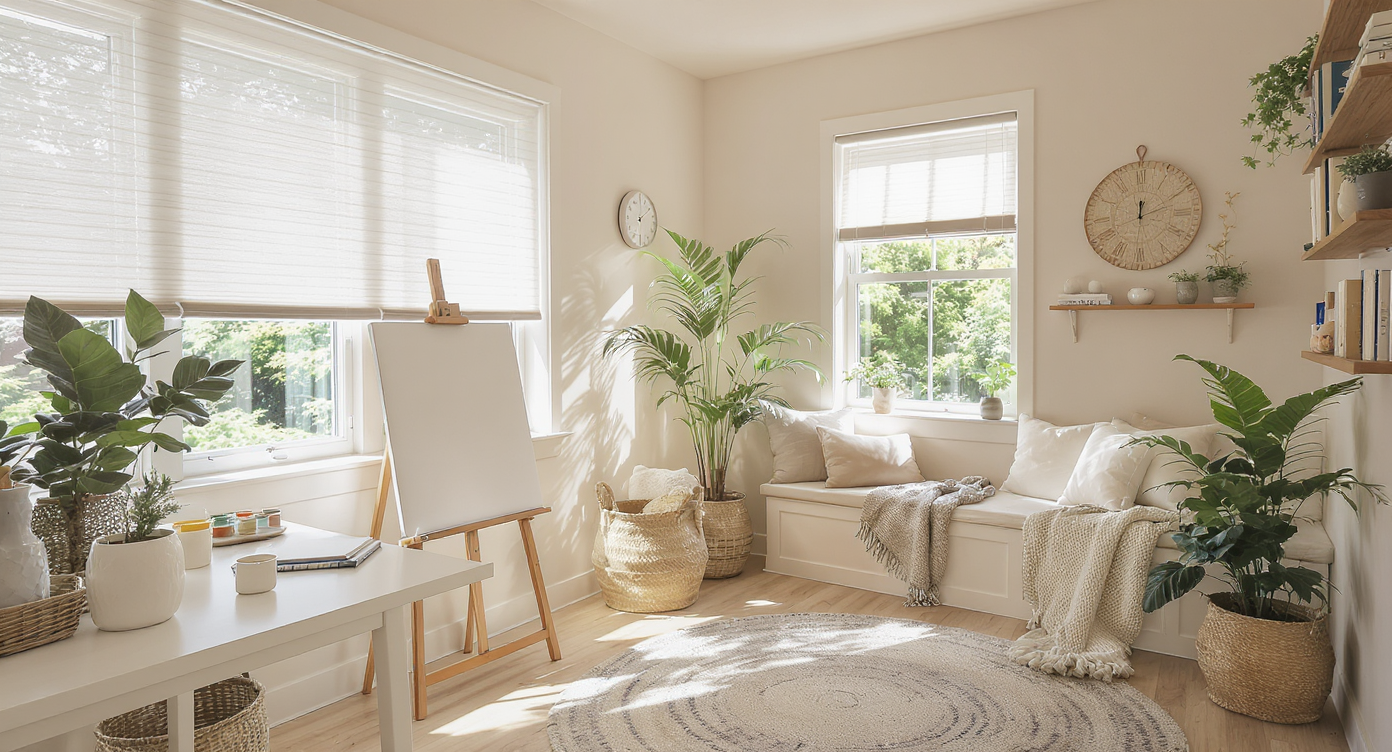
Smart zoning in a sunroom creates distinct spaces for an art studio and reading nook, maximizing comfort and function.
Turn your sunroom into an art studio, home library, or both — here’s the layout, lighting, and storage plan that makes it effortless.
Sunroom design: art studio, home library, or both?
Your sunroom can be more than a catchall — it can be a light-soaked studio and a cozy reading retreat without sacrificing space or style.
Here’s the thing: sunrooms are magnets for clutter, especially when an L-shaped sofa swallows the floor plan and turns bright potential into a “gross office” vibe. But with smart sunroom design, you can create a flexible art studio and a quiet reading nook in one room. The secret is zoning, UV management, and furniture that does more than one job.
If you’re debating art studio versus home library, start with your natural light. North light is the most consistent for painting; southern and western exposures can be wonderful for mood but harsh on book spines. The goal is simple: put making where light is best controlled, and put reading where it’s most comfortable — often near the fireplace or an interior wall.
Core strategy: a two-zone sunroom that works every day
Divide the room 60/40: studio on the brightest side with controlled light, and a library-reading nook on the cozier side with UV protection.
- Layout first: Keep a clear 36-inch walkway from the main door to the fireplace. Float the seating instead of hugging every wall; give the sofa or chairs 12–18 inches from the wall for breathing room and better circulation.
- Studio zone (60 percent): Place adjustable worktables at 28–30 inches high with 24–30 inches of depth. Back-to-back desks can save space and keep sightlines open. For miniature painting, mount 5000K LEDs with 90+ CRI and at least 100 lumens per square foot over the task zone. Add a rolling cart for brushes, pigments, and photo gear.
- Light control: Install UV-blocking window film (up to 99 percent UV reduction), then layer solar shades or linen drapery. For photography or precision work, add a pull-down blackout shade on the brightest window to kill glare fast.
- Library nook (40 percent): Keep books on interior or shaded walls. If shelves must face windows, use lined drapery and glass-front cases to reduce fade. A pair of deep armchairs and a round table near the fireplace make a perfect reading nook — friendlier than an oversized sectional.
- Rug zoning: Two washable, low-pile rugs (think 5×8 or 6×9) define zones. Place the front legs of chairs or sofa on the reading rug; center the studio rug under the desks for splash-friendly cleanup.
- Storage that disappears: Closed base cabinets (12–16 inches deep) tame visual noise. Add shallow wall shelves (8–10 inches) above for labeled bins. Designers often advise keeping 25 percent of storage empty so projects can expand without chaos.
- Color and finishes: Paint ceilings a bright white for reflectance. Walls in soft, light-reflective hues — pale sage, oyster, or warm gray — keep contrast low and focus high. If you’re wrestling with dark wood, a reversible option is a translucent whitewash stain to brighten grain while preserving character.
- Sectional strategy: If you love the L-shaped sofa, push the chaise parallel to the longest wall and anchor it with the reading rug; otherwise, swap to two armchairs to visually widen the room.
Attribution-ready insight: Experts recommend placing art tables perpendicular to the strongest window to reduce glare and maintain color accuracy.
Anecdote
Suggested hero image alt text: Sunroom split into two zones — art studio with worktables and task lights on one side, cozy library chairs by fireplace on the other. Caption: Dual-purpose sunroom layout with UV-protected windows, washable rugs, and back-to-back desks.
Common mistakes to avoid in a sunroom studio-library
Small errors compound fast; fix these first for an immediate upgrade.
- Letting sunlight hit books directly: UV and heat can degrade bindings in months. Use UV film, lined drapery, or move books to an interior wall.
- Over-furnishing with a bulky sectional: A large L-shaped sofa can shrink the room. Try two chairs plus an ottoman, or float the sectional and trim with slim side tables.
- One overhead light for everything: General lighting should be 20–50 lumens per square foot; task lighting for painting should hit 100+ lumens per square foot at 5000K, 90+ CRI.
- Open storage everywhere: Clear bins look tidy for a week. Choose closed cabinetry at eye level and reserve open shelves for daily-use tools only.
- Ignoring floor protection: Add a scrub-friendly rug or vinyl chair mat under the studio desk; elevate canvases on risers so drips don’t weld to the floor.
Pro tips from designers and working artists
North-facing windows offer the most consistent, cool light for painting; supplement with 5000K, high-CRI lamps to keep color true.
- Two-for-one furniture: A 72×30-inch foldable table becomes a pop-up easel station. A storage ottoman hides photography backdrops and doubles as a coffee perch.
- Backdrop on demand: Mount a 6–8 foot ceiling track with a neutral backdrop. Pull it down for portraits or product shots; tuck it away when it’s book time.
- Desk power strip under-mount: Clamp a surge protector to the desk underside and label ports. One switch, clean cables.
- Paint planning: Semi-gloss on trim and doors bounces light back into the room; matte on walls reduces glare near windows.
- Reflection: The rooms that get used daily aren’t the prettiest on day one — they’re the ones with a place to sit, a surface to work, and light you can control.
Anecdotes and real-room playbooks
Real homes prove the point: split the sunroom into a studio and reading nook, and usage skyrockets.
- The sectional shuffle: A couple of painters kept their L-shaped sofa for nostalgia, but it strangled the room. They floated the short leg 18 inches off the wall, added back-to-back adjustable desks by the brightest window, and dropped in two washable rugs. The room felt twice as open — and they painted more because setup was instant.
- Books vs. sun: A librarian-artist noticed spines bleaching in a single season. She moved bookcases to the interior wall, installed UV-blocking film, and added lined oatmeal drapes. Six months later, no new fading, and the reading nook finally felt calm.
- Miniatures need clarity: A miniatures hobbyist installed 5000K task lights with 95 CRI and a magnifier arm, then used a pull-down shade for high noon. Paint matching improved, and eye strain dropped by dinner.
- Fireplace as anchor: One homeowner framed the hearth with two deep armchairs and a petite round table. Now it’s the morning coffee spot before the studio side kicks on — a ritual that made the space part of daily life.
Visualization Scenario
Close your eyes and stand at the entry. To the left, soft north light washes over two slim desks; brushes and miniatures line a closed cabinet, ready. A blackout shade is rolled halfway for perfect color balance. To the right, two armchairs face the hearth, a small table stacked with dog-eared novels. The room is quiet, zoned by rugs, and every tool has a home. That’s a sunroom that invites you in — to read, to paint, to stay.
FAQ
Should I turn my sunroom into an art studio or a home library?
Choose based on use, but many designers advise a hybrid: studio near controlled light and a library-reading nook on the shaded or fireplace side.
How do you divide a sunroom into zones without walls?
Use two washable rugs, float seating, and keep a 36-inch walkway. A 60/40 split typically balances studio space and a reading nook.
What’s the best lighting for painting miniatures at home?
Use 5000K LEDs with 90+ CRI and at least 100 lumens per square foot at the work surface for accurate color and reduced eye strain.
How can I protect books from sunlight in a sunroom?
Install UV-blocking window film, add lined drapery, and place bookcases on interior or shaded walls to minimize fading and heat damage.
Where should I place an L-shaped sofa in a small sunroom?
Float the sectional with its front legs on a rug, leave 12–18 inches from the wall, and maintain a 36-inch path; or swap to two chairs to open sightlines.
Wrap-up
A sunroom can be a hardworking art studio and a restful home library when you zone the floor plan, control the light, and right-size the furniture. Start with a 60/40 split, protect books from UV, dial in 5000K high-CRI task lighting, and let closed storage calm the room. When a space serves your routines beautifully, it stops feeling like storage and starts feeling like home.
.svg)

.svg)

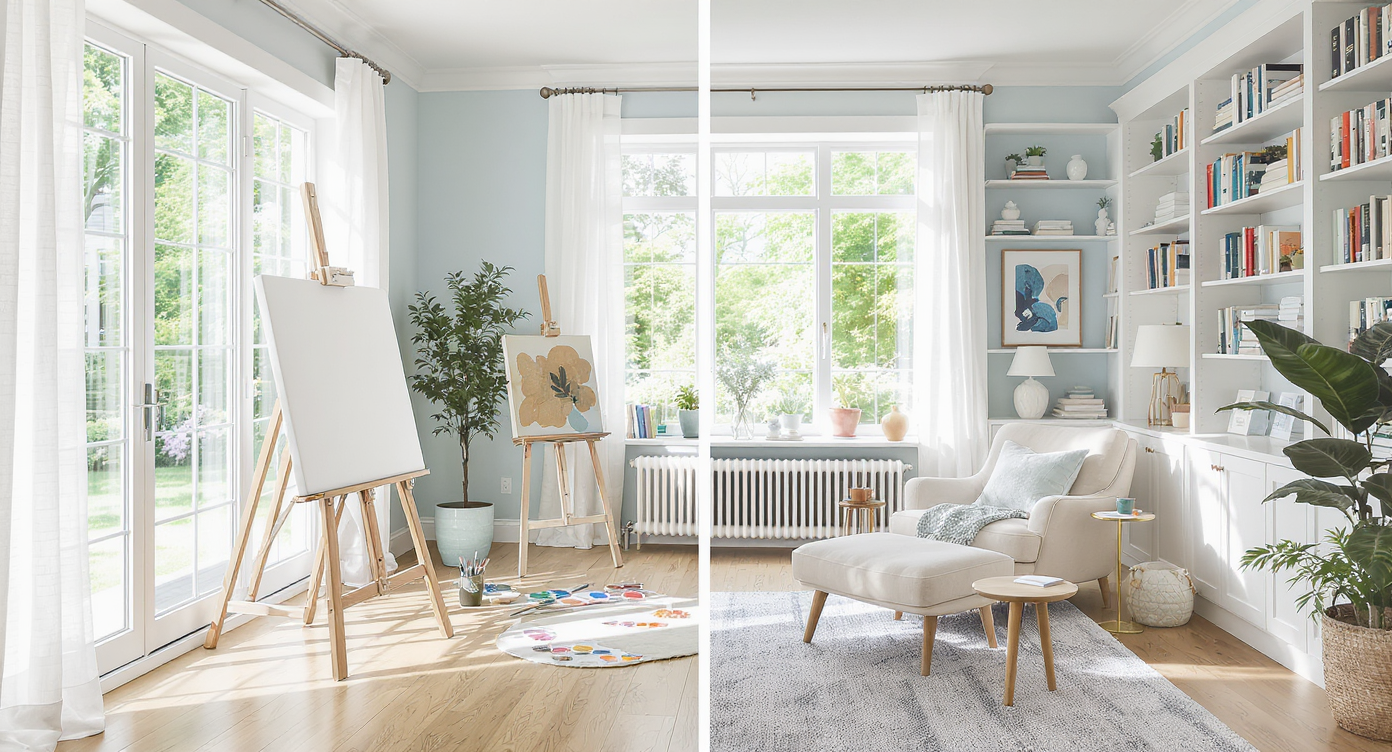
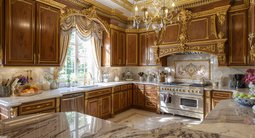
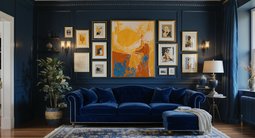

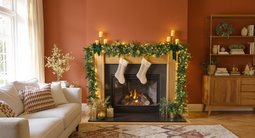
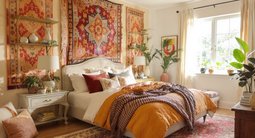
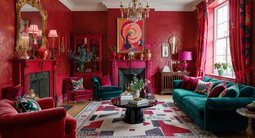


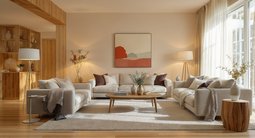
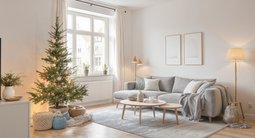


.png)